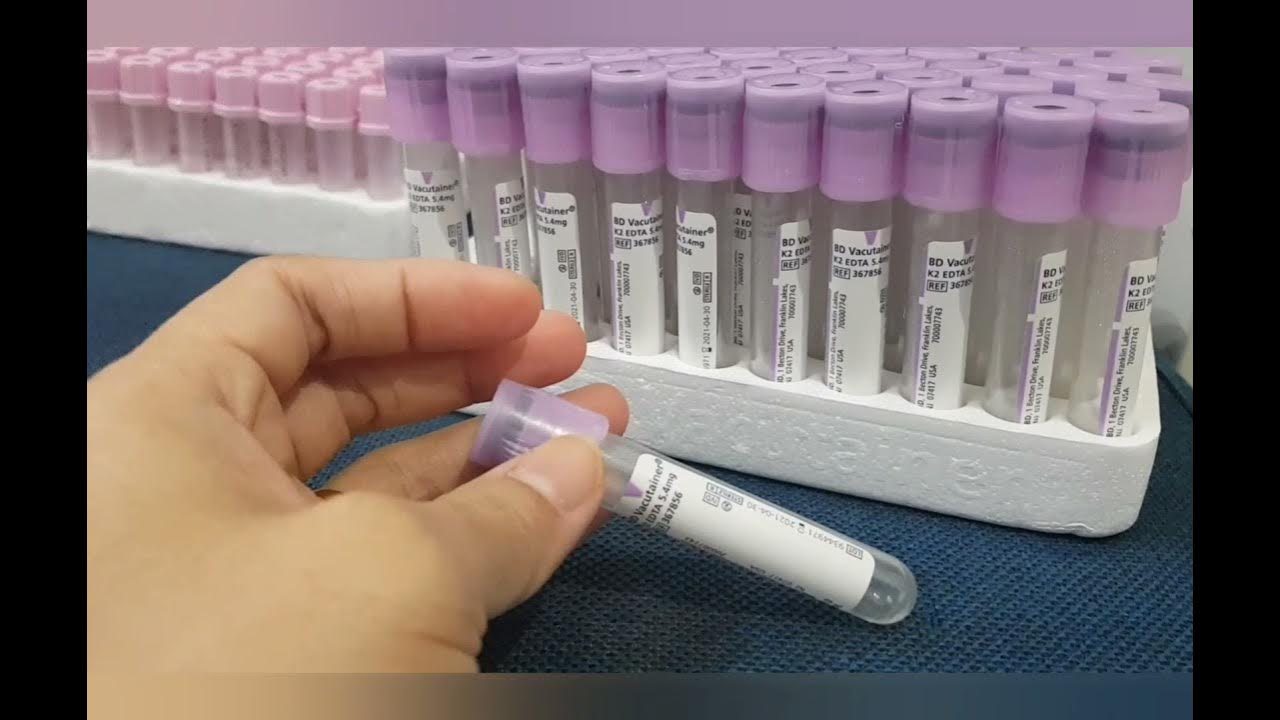BLOOD CULTURE COLLECTION - UKJEH - HOSPITAL USM
Summary
TLDRThis video emphasizes the critical role of blood culture in medical diagnostics. A correctly collected, contaminant-free sample is vital for accurate results, which in turn can significantly enhance patient outcomes. The script uses music to underscore the importance of precision in medical testing.
Takeaways
- 💉 A properly collected blood culture sample is crucial for accurate medical results.
- 🦠 Blood samples must be free of contaminants to ensure valid outcomes.
- 🔬 Correct blood culture procedures improve the accuracy of diagnostics.
- 📊 Proper sample handling leads to better patient outcomes.
- 🧪 Clean samples allow for more reliable medical tests and findings.
- 👩⚕️ Proper collection techniques are vital in the healthcare process.
- ⚠️ Contaminants in blood samples can lead to inaccurate results.
- 🩺 The quality of the blood sample directly affects patient care decisions.
- 🔄 Repeated emphasis on proper sample collection and handling in the script.
- 📈 Ensuring clean samples is essential for improving healthcare results.
Q & A
What is the primary purpose of collecting a blood culture?
-The primary purpose of collecting a blood culture is to identify pathogens causing bloodstream infections and to guide appropriate antibiotic therapy.
Why is it important to ensure the blood culture sample is free of contaminants?
-A contaminant-free blood culture sample is crucial for accurate results, as contaminants can lead to false-positive results, misdiagnosis, and inappropriate treatment.
How can a properly collected blood culture improve patient outcomes?
-A properly collected blood culture can lead to accurate diagnosis and timely administration of the correct antibiotics, thus improving patient outcomes by reducing the risk of complications and improving recovery times.
What are some common contaminants that can affect the accuracy of blood culture results?
-Common contaminants include skin bacteria such as Staphylococcus epidermidis and diphtheroids, which can be introduced during the collection process if proper aseptic techniques are not followed.
What are the potential consequences of inaccurate blood culture results?
-Inaccurate blood culture results can lead to unnecessary antibiotic use, antibiotic resistance, prolonged hospital stays, and increased healthcare costs.
What steps can be taken to ensure the blood culture sample is collected properly?
-Proper blood culture collection involves using aseptic technique, selecting the correct site for venipuncture, using appropriate skin antisepsis, and promptly inoculating the culture bottles.
How can healthcare providers minimize the risk of contaminating blood culture samples?
-Healthcare providers can minimize the risk of contamination by following strict protocols for sample collection, using sterile equipment, and properly training staff in blood culture collection techniques.
What is the role of the laboratory in processing blood culture samples?
-The laboratory plays a critical role in processing blood culture samples by incubating them under optimal conditions to promote the growth of pathogens and identifying them using various microbiological tests.
How long does it typically take to get results from a blood culture?
-Blood culture results can take anywhere from a few hours to several days, depending on the growth rate of the bacteria and the methods used for detection and identification.
What are some factors that can affect the growth of bacteria in blood culture?
-Factors affecting bacterial growth in blood culture include the type and volume of blood drawn, the presence of antibiotics in the patient's system, and the specific culture media used.
How do negative blood culture results impact patient treatment?
-Negative blood culture results may indicate that the patient does not have a bacterial infection, leading to a reevaluation of the diagnosis and possibly a change in treatment strategy.
Outlines

Esta sección está disponible solo para usuarios con suscripción. Por favor, mejora tu plan para acceder a esta parte.
Mejorar ahoraMindmap

Esta sección está disponible solo para usuarios con suscripción. Por favor, mejora tu plan para acceder a esta parte.
Mejorar ahoraKeywords

Esta sección está disponible solo para usuarios con suscripción. Por favor, mejora tu plan para acceder a esta parte.
Mejorar ahoraHighlights

Esta sección está disponible solo para usuarios con suscripción. Por favor, mejora tu plan para acceder a esta parte.
Mejorar ahoraTranscripts

Esta sección está disponible solo para usuarios con suscripción. Por favor, mejora tu plan para acceder a esta parte.
Mejorar ahoraVer Más Videos Relacionados
5.0 / 5 (0 votes)






